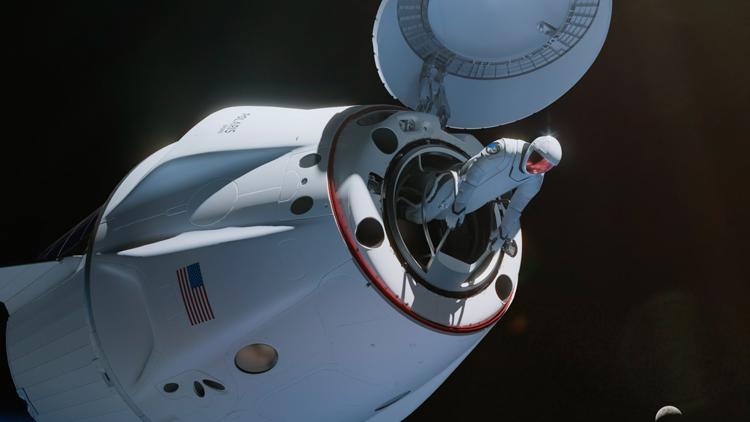
Spacewalking is considered the most dangerous part of any flight after launch and reentry, and demands extensive training.
The New Frontier of Spacewalking for Private Individuals
CAPE CANAVERAL, Fla. — First came space tourism. Now comes an even bigger thrill for the monied masses: spacewalking.
The stage is set for the first private spacewalk Thursday. Tech billionaire Jared Isaacman will pop out of the hatch of his orbiting SpaceX capsule, partnering with SpaceX CEO Elon Musk to buy a series of rocket rides and help develop brand new spacesuits. This marks a significant milestone in the realm of space exploration, with SpaceX becoming the first private company to attempt a spacewalk.
Spacewalking has historically been the domain of just 12 countries, reserved for highly trained astronauts due to its inherent risks. Considered the most dangerous part of any flight after launch and reentry, spacewalking demands extensive training and expertise.
The Risks and Rewards of Spacewalking
Retired NASA astronaut Chris Cassidy, who has experienced the dangers of spacewalking firsthand, emphasizes the unique challenges and risks involved in leaving the safety of a space vehicle. He recalls a harrowing incident in 2013 when Italian astronaut Luca Parmitano almost drowned during a spacewalk due to a malfunction in his helmet. These real-life dangers underscore the importance of thorough training and preparation for any spacewalk endeavor.
While the allure of spacewalking may entice the wealthy, safety concerns remain a top priority. Risk and disaster analyst Ilan Kelman of University College London acknowledges that non-professionals may eventually perform spacewalks, but anticipates potential fatalities along the way.
Preparing for the Challenge of Spacewalking
Isaacman and SpaceX engineer Sarah Gillis will venture outside the SpaceX capsule, testing new suits and experiencing the vacuum of space. Their training has been intense, focusing on the unique demands of a spacewalk. Safety protocols will be in place to mitigate risks, with constant communication and guidelines to ensure a successful mission.
The crew will take turns during the spacewalk, each spending time outside the capsule to complete necessary tasks. The entire spacewalk is expected to last no more than two hours, with a keen focus on data collection and innovative space technology.
Pushing the Boundaries of Space Exploration
With SpaceX setting its sights on lunar and Martian missions, the first private spacewalk marks a significant step towards expanding human presence in space. As technology advances and private individuals gain access to space travel, the possibilities for exploration and discovery are endless.




